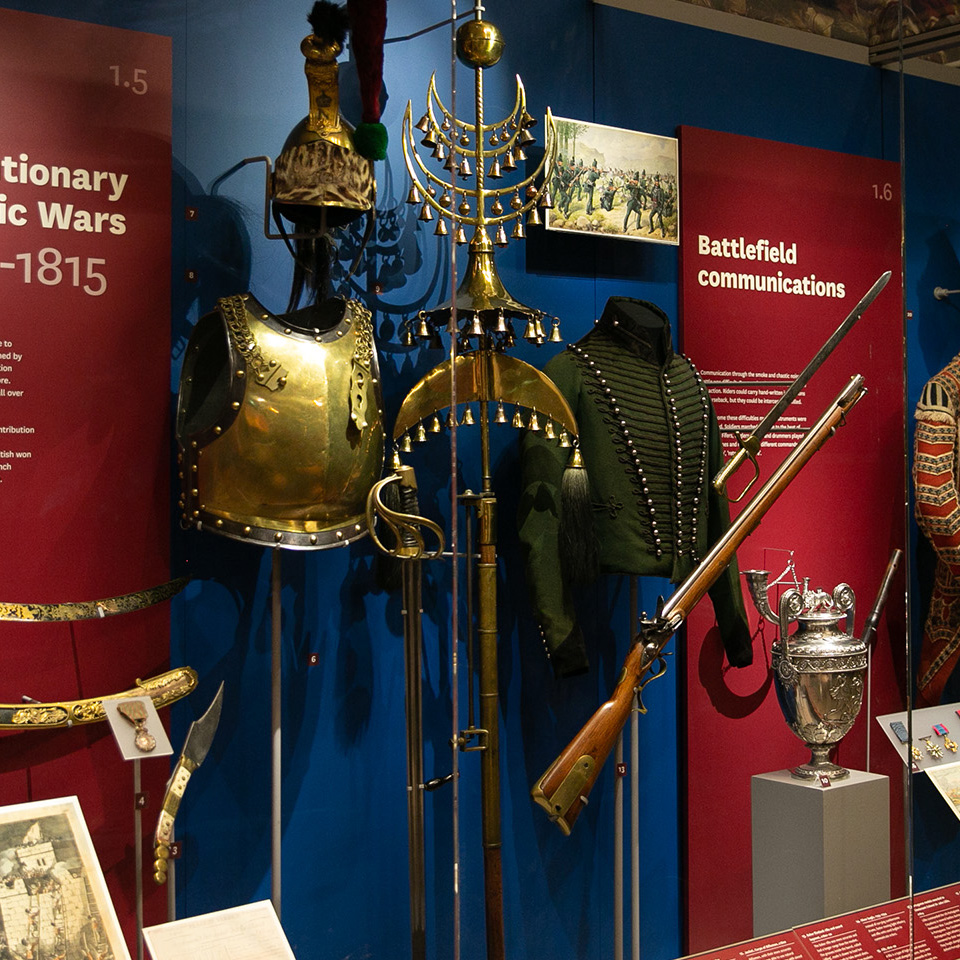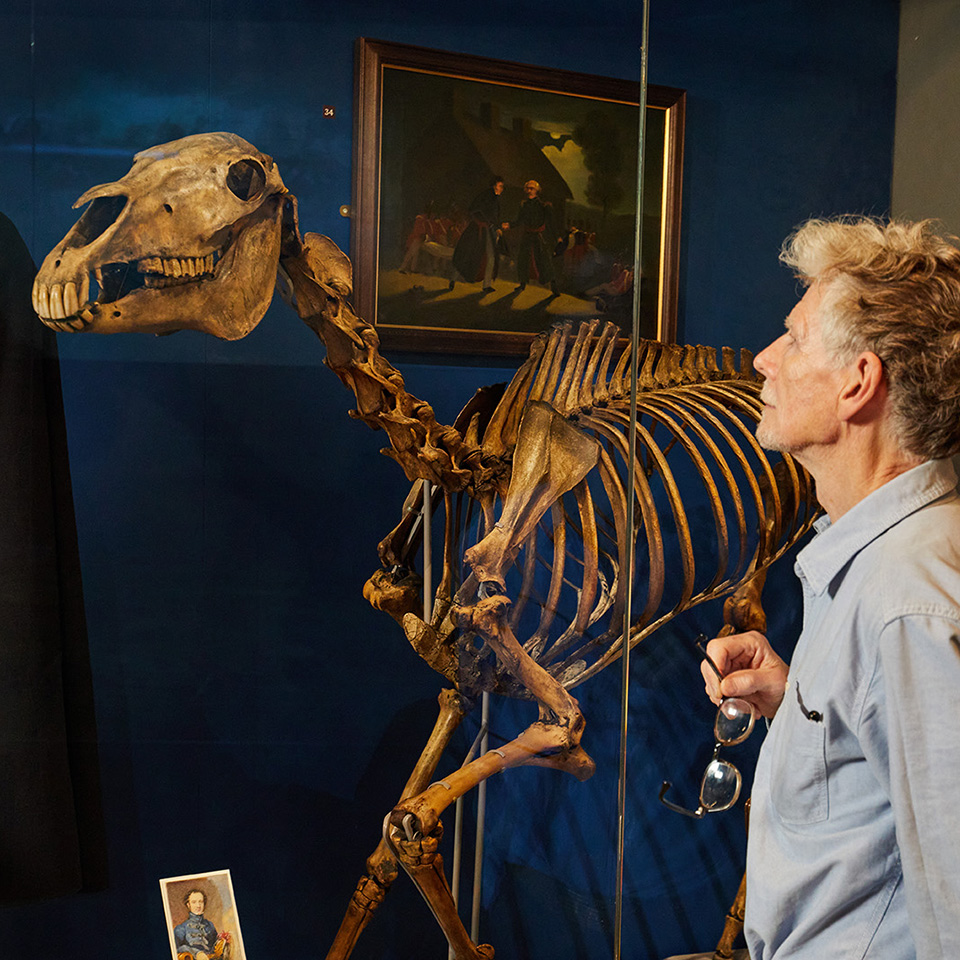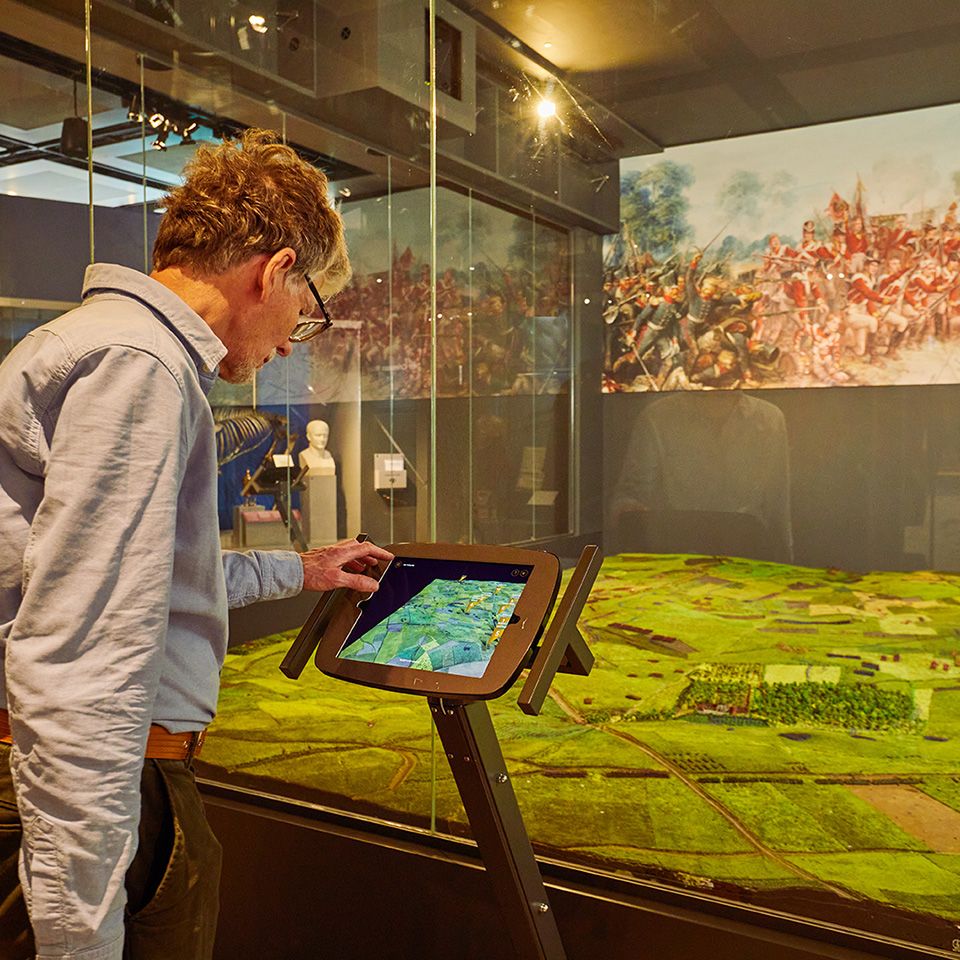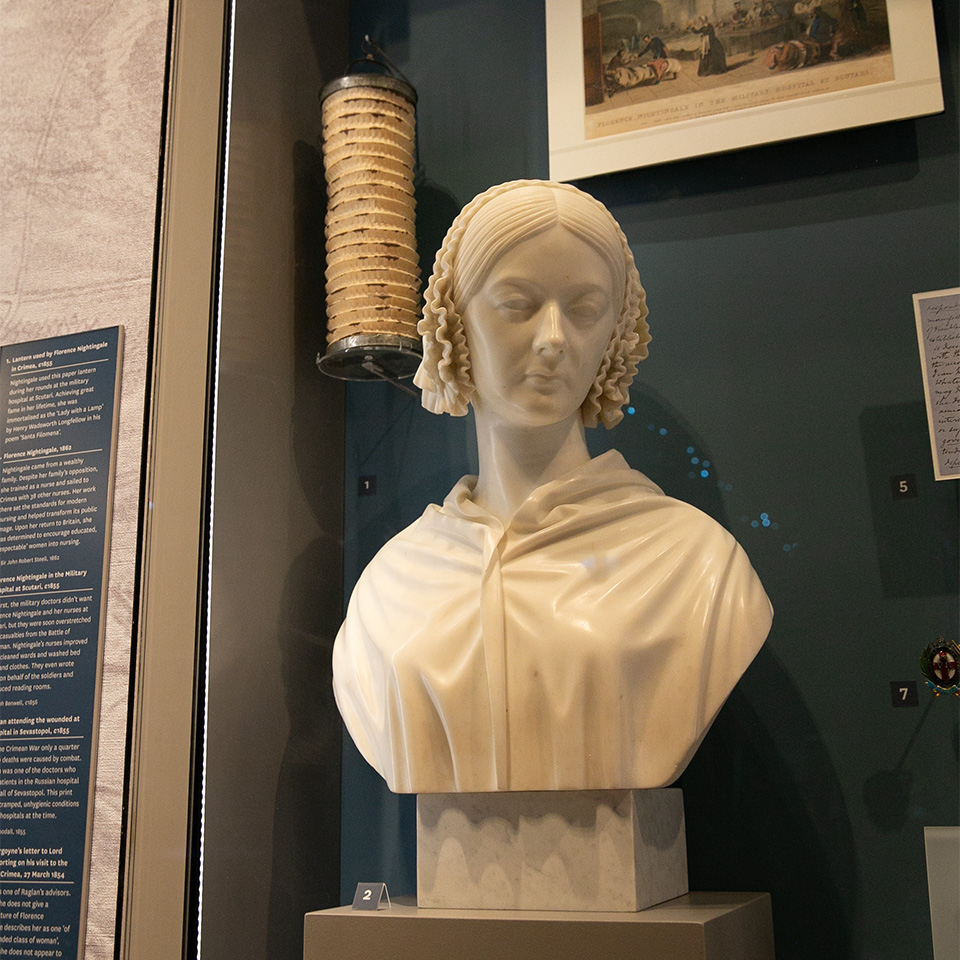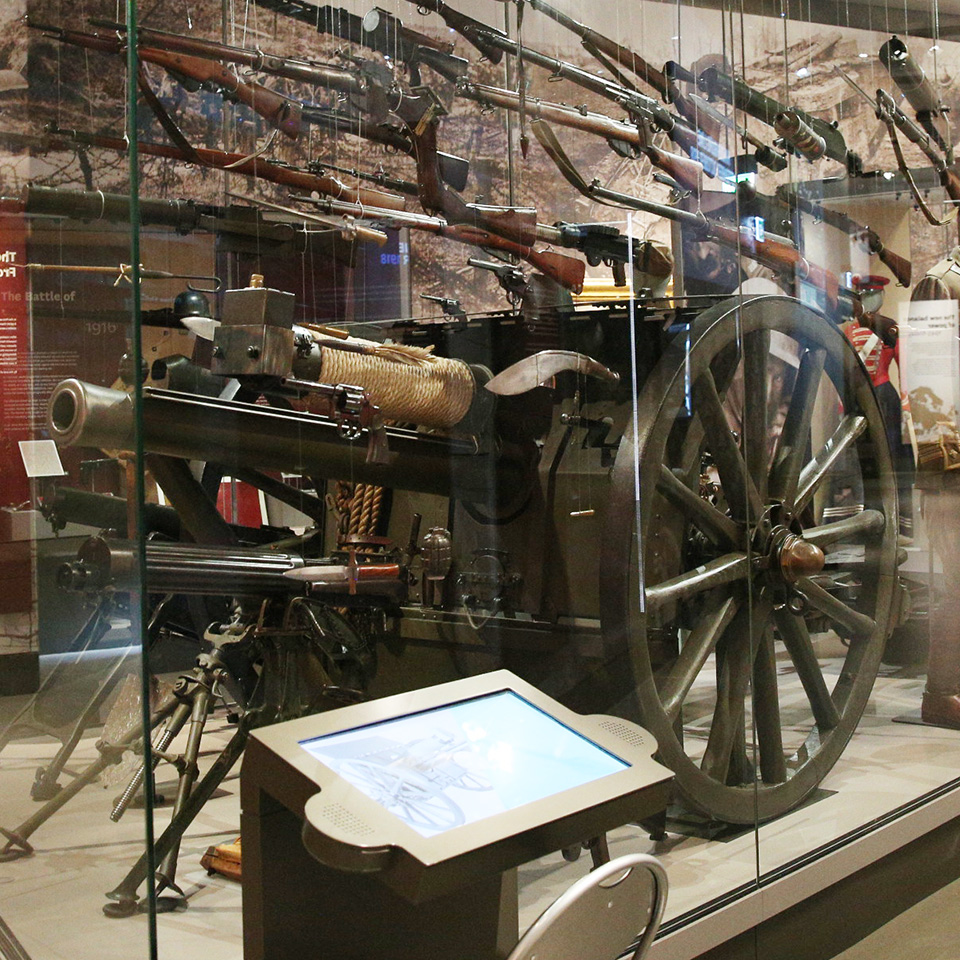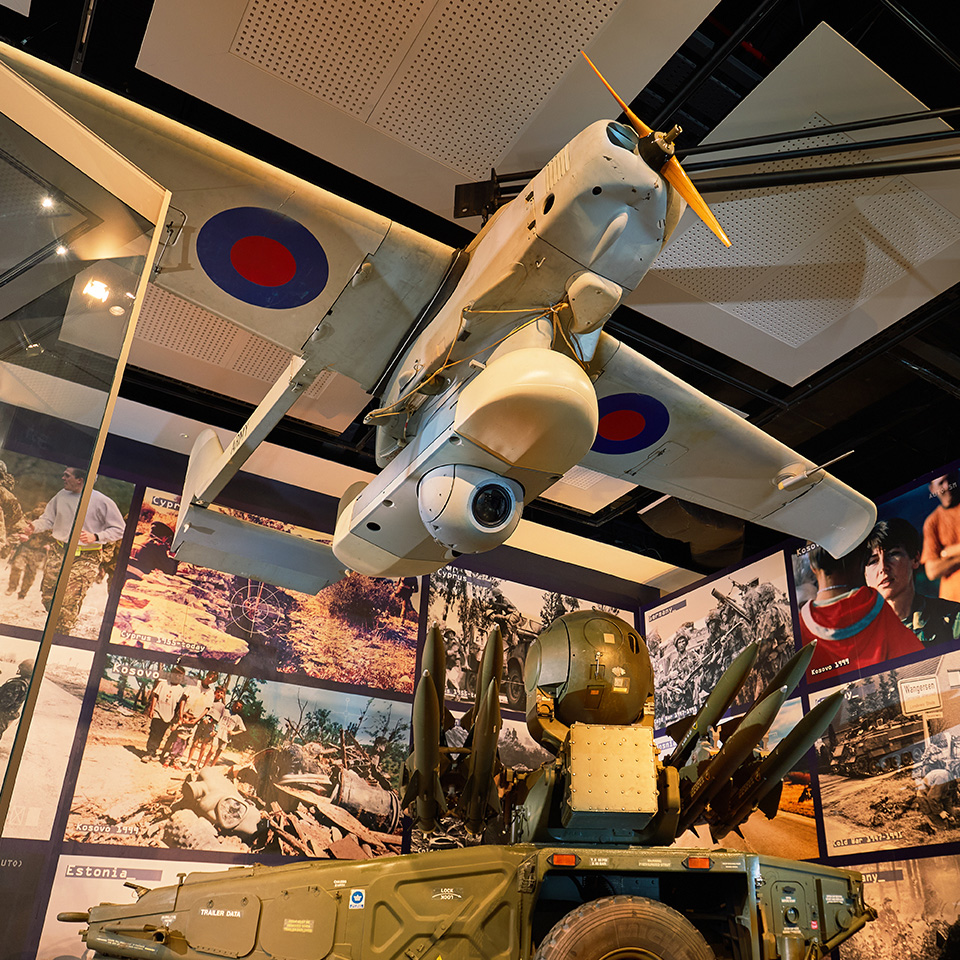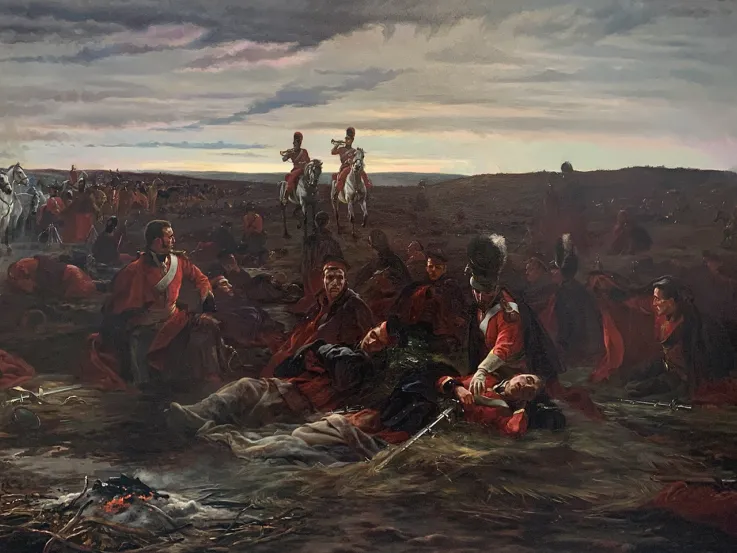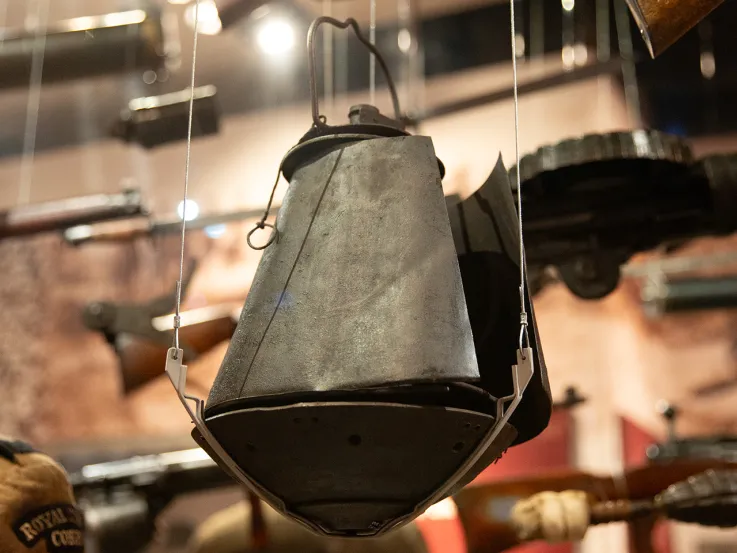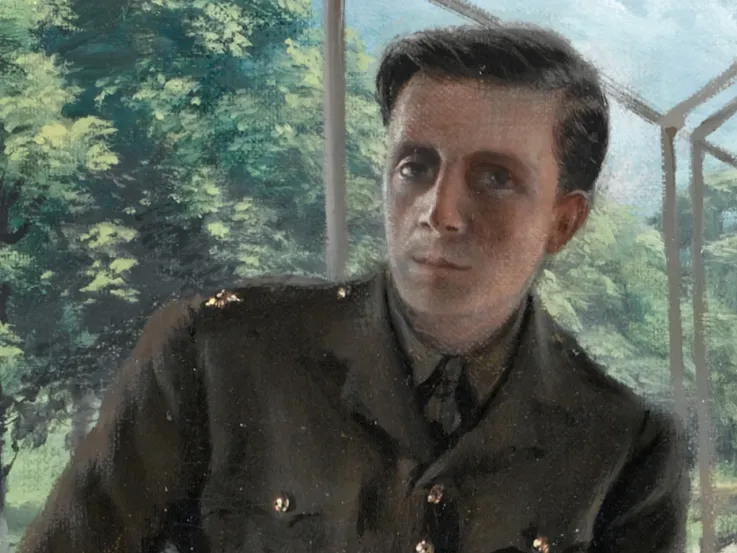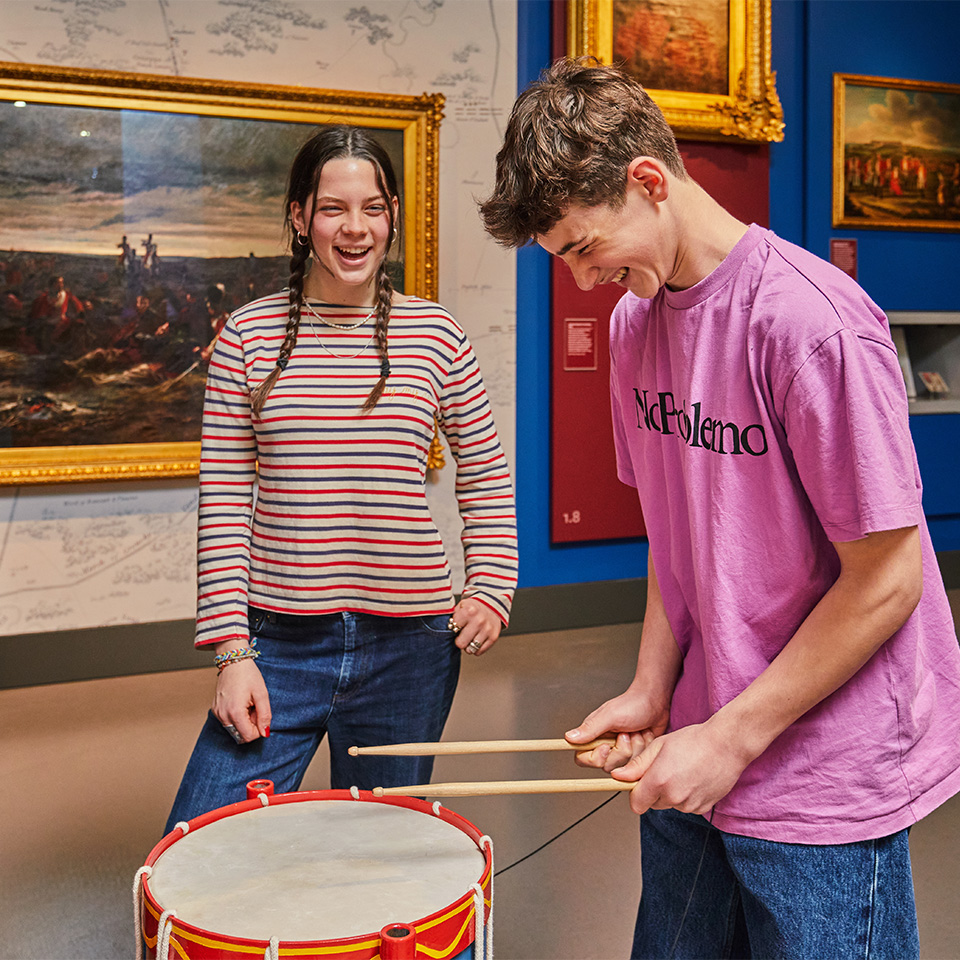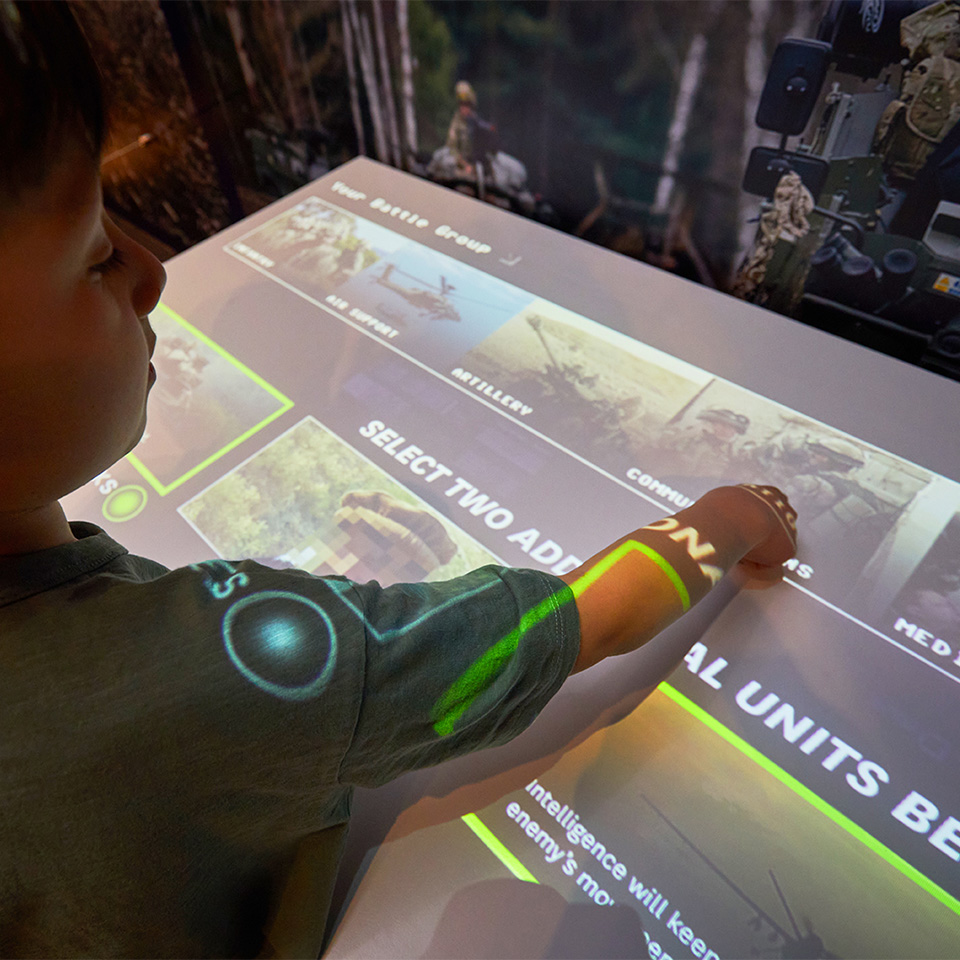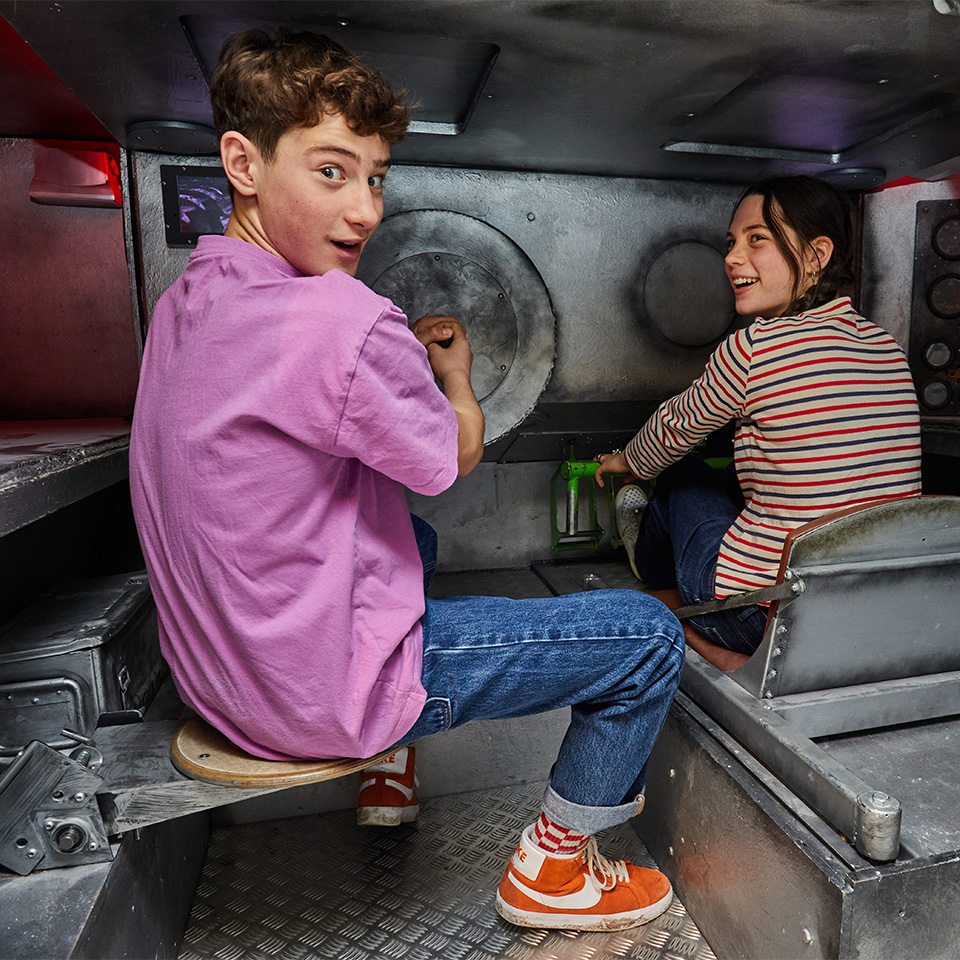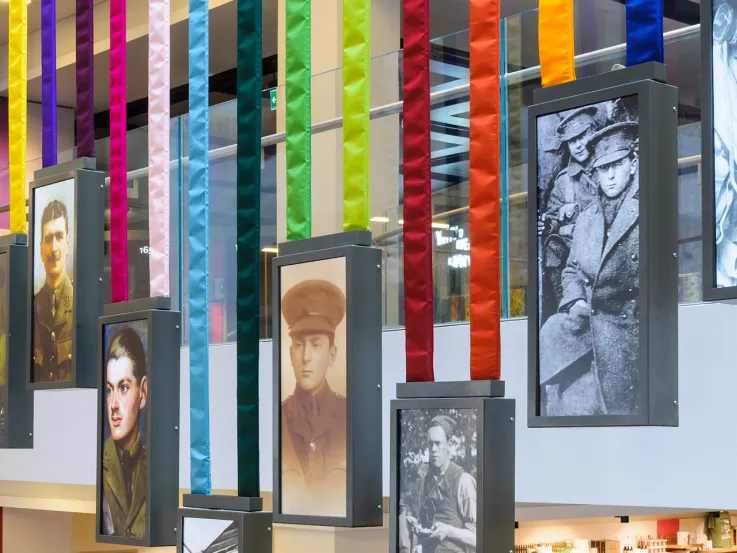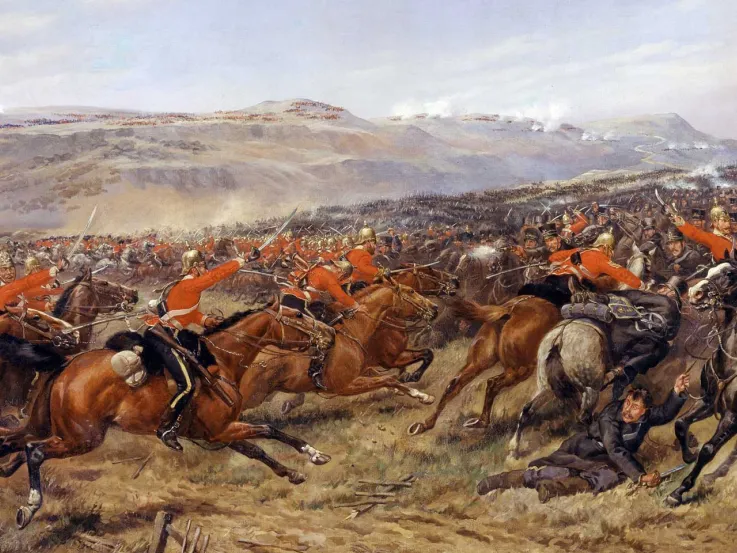Conflict in Europe gallery

Maintaining the balance of power
About the gallery
The Conflict in Europe gallery charts the ebb and flow of Continental power from the 1700s to the present day.
From disputes over royal successions to the two World Wars and beyond, the gallery follows the Army's involvement in maintaining stability and helping secure Britain’s role as a major influencer in European affairs.
The gallery also draws on the personal experiences of those who served to show how new challenges and innovations have changed the face of warfare.
‘Young men of Britain! The Germans said you were not in earnest. We knew you’d come and give them the lie! Play the greater game on the field of honour.’Army recruiting poster — 1915

